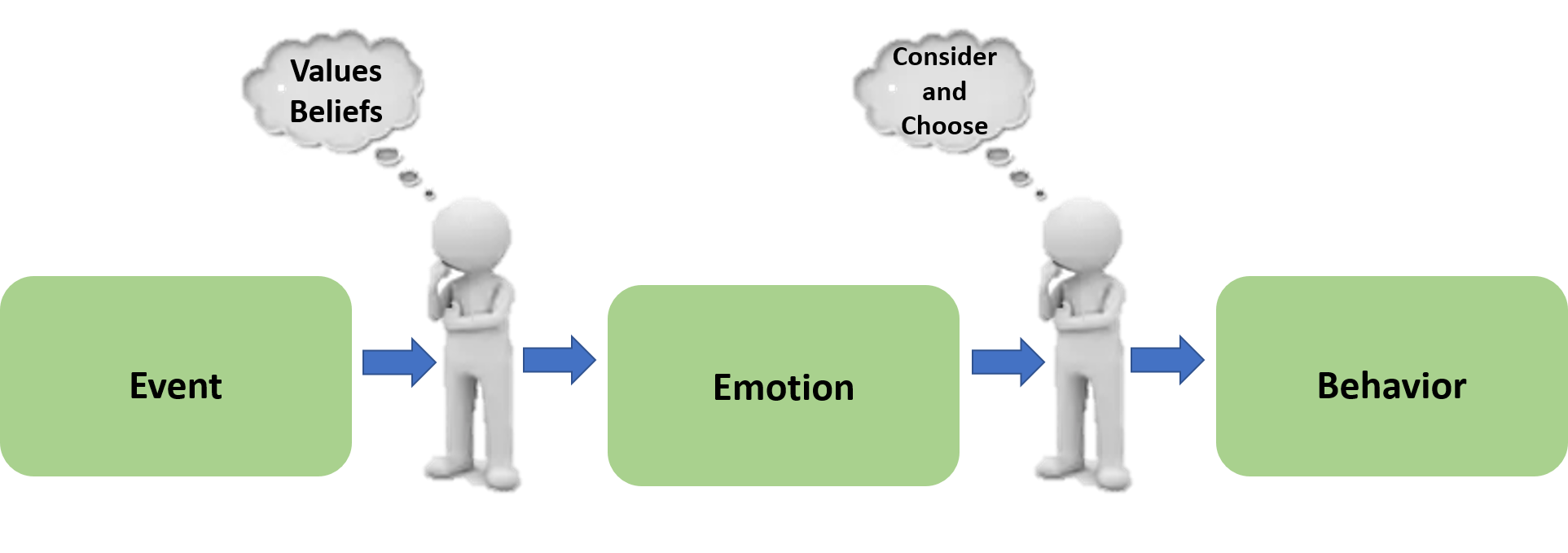One of the critical abilities that a good leader should have is to be aware of his/her emotions and what he/she is feeling.
You allow yourself to become angry or frightened. Different people will respond differently to the same event. Therefore, it is important to understand that you do have power over your thoughts and emotions. You can apply emotional control.
There is nothing wrong with any emotions; they are there to trigger a response for your own safety and survival. They serve as an outlet for inner-reactions to life’s challenges. As a leader, however, it is critical that you deal with your emotions responsibly.
This does not mean that you will no longer feel any uncomfortable emotions. It means that you will be able to:
- Recognise uncomfortable emotions quickly.
- Understand what underlying thoughts evoked the emotions.
- Deal with the emotion in a responsible manner.

Applying Emotional Control
|
Step 1 Get in touch with your feelings
|
Whenever you experience an uncomfortable/negative emotion, describe it as accurately as you can. Identify the emotion as specifically as you can. |
|
Step 2 Describe the activating event |
Note what it was that appeared to have triggered the events that led to your feelings. Be factual, not emotional, in identifying the trigger. |
|
Step 3 Recognise the irrational thoughts
|
Identify the values that were affected by the event. Identify the underlying beliefs. Analyse why this made you feel emotional. Identify what irrational thinking is occurring. |
|
Step 4 Consider and choose
|
Rephrase irrational thoughts/negative beliefs to positive thoughts and beliefs. This process happens in the conscious mind and will be a continuous exercise until you have mastered the skill. Ask yourself the following questions:
|
|
Step 5 Respond responsibly |
Respond to the event in an appropriate manner. Respond in a manner that will portray your leadership. Act assertively. Be true. |